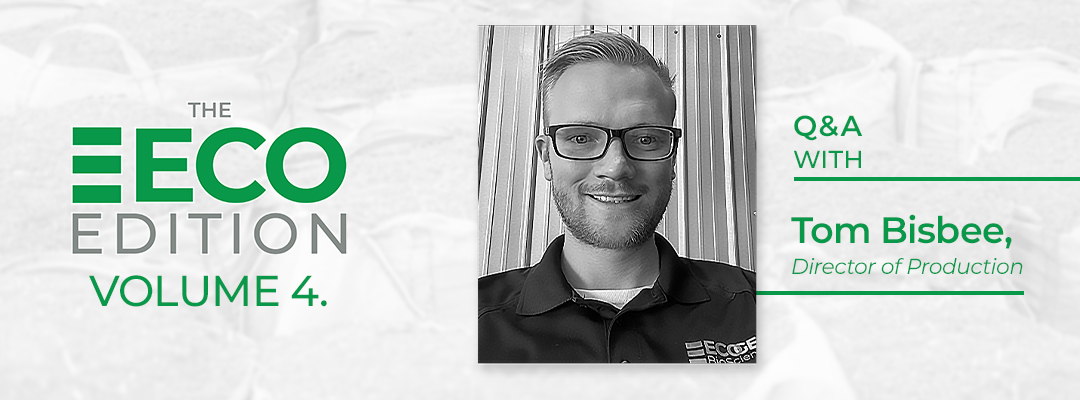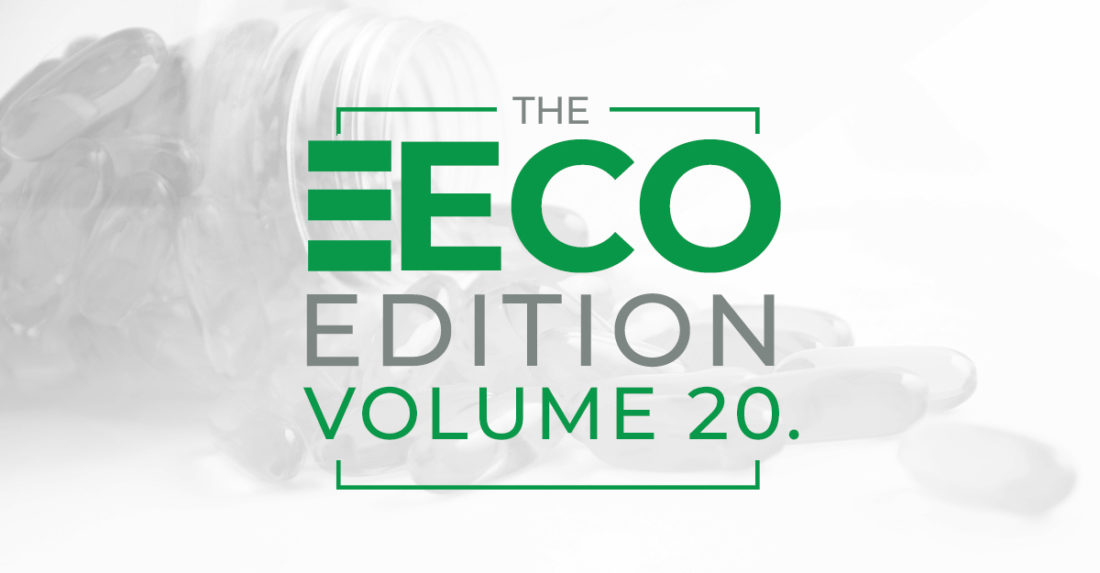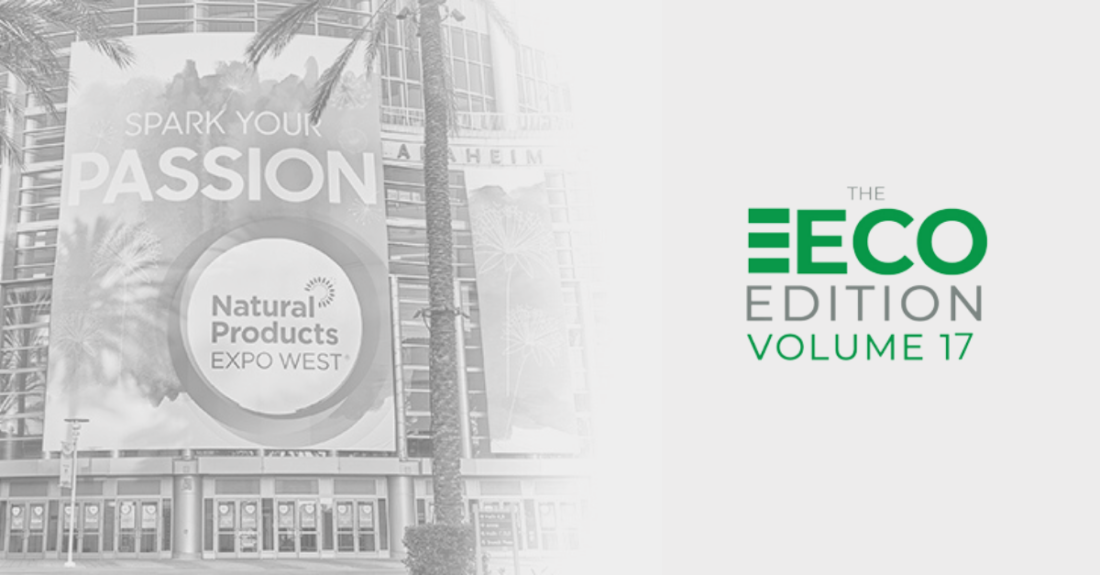
Q&A: Everything You Need to Know About CBD Extraction and Why Quality Matters
When it comes to CBD quality, you must first look at the extraction method that is being used. We sat down with Tom Bisbee, Director of Production for EcoGen, to learn the ins and outs of CBD extraction, what methods of extraction are out there, and why the method used makes such an impact on the end product.
First things first, why does extraction quality matter?
A good quality extraction means a higher concentration in cannabinoids and a better, more effective product. Extraction quality is derived from the process used to extract CBD, and each method is able to pull out different chemical components. It is these chemical compounds that have a direct correlation to the quality of the CBD and the customer’s end CBD product.
What are the different types of extraction methods used in the CBD industry?
There are a lot of methods used to extract CBD, and some are much better than others. That said, there are three main methods used in the hemp industry, including alcohol, hydrocarbon and CO2 extraction.
Tell us more about the benefits of using Alcohol Solvent methods.
Alcohol extraction focuses on temperature when mixing with biomass, and within this method, there are a few options. Cryogenic extraction is used to produce a less powerful solvent, which lets you be more selective and get higher quality cannabinoids. This is done by extracting at temperatures at or below -40 degrees Celsius. Another option is Ambient Extraction, which uses room-temperature alcohol to extract. This method produces a sticky extract that makes it hard to separate the cannabinoids, however.
When it comes to hydrocarbon extraction, what are the benefits and disadvantages?
There are three main chemical compounds used in this method: butane, hexane and heptane. Hydrocarbon is the most dangerous way to extract because these solvents are very flammable. However, an upside to this is that you can be more selective and get a very high-quality extract. It is very important, however, to weigh the risks with hydrocarbon extraction and its potential for dangerous explosions.
We hear about CO2 extraction a lot – what are your thoughts on this method?
Most people don’t know this, but CO2 has two phases of extraction. The first is subcritical, which is liquid CO2, and the second is supercritical, which can actually act as a liquid and a gas. Supercritical extraction is done with a much higher temperature and pressure, 4,000 PSI, resulting in a muddy extract. Subcritical, which is run at about 1,200 PSI, however, allows you to be more selective, getting a much higher quality extract. Both methods are very expensive and require a lot of specific equipment.
How long does each extraction process take?
This is a hard question to answer because it truly depends on so many factors at play. When working with the alcohol extraction method, running 10-minute extraction might get 30 percent of your cannabinoids. A 30-minute extraction on the other hand might get you 90 percent. However, if you run for too long, you might release some unwanted compounds as well. Ultimately the time extraction takes really depends on temperature, the quality of biomass and pressure used.
Which method does EcoGen use and why?
Currently, EcoGen uses cryogenic extraction. One of the main reasons is because when alcohol is used at very, very cold temperatures, again -40 degrees Celsius or below, it is very safe to handle in large volumes. The end result is a good extraction quality that has a reliable outcome. We use this method because of its consistency in the extraction and allows us to adjust as needed in downstream processes, such as distillation.
What categories discussed fall under the solvent extraction method?
Within the solvent extraction method categories, you have alcohol and hydrocarbon extraction. When deciphering between the two, in my opinion, you should look seriously into the safety aspect. With alcohol, you don’t have to pressurize anything and the extraction is generally run at a very low temperature, so the risk of explosion is heavily mitigated. The hydrocarbon method, however, has all of these risks and is very dangerous. Plus, this method is mainly used for THC extraction, not CBD.
Is it possible to reuse any of these solvents or make the process more efficient?
At EcoGen, we utilize the principles of heat transfer, evaporation and condensation to remove solvents from crude extracts and recover them for reuse. This reduces our overall pollution footprint giving a more environmentally friendly operation
Once everything is extracted, what happens next?
The extraction process actually dictates what happens next. It can go through anywhere from 4 to 10 steps. One of these steps being winterization. This is the process of removing the fats and waxes from the CBD extract. After winterization, it generally goes into decarboxylation, which converts the acidic form of CBD and other cannabinoids into the neutral and active form of CBD, aka CBD isolate. After decarboxylation, it generally goes to distillation, which can consist of one or several stages.
Finally, if a customer wants to know which extraction method was used for their product, how can they find out?
As with anything in the CBD industry, do not be afraid to ask questions. Do your research to determine which aspects matter the most to you. Most trustworthy companies will let you know which method they used without any issue.
To learn more about extraction and EcoGen BioSciences products, please click here. If you have any further questions about extraction, do not hesitate to contact us at (833) 432-6436.






